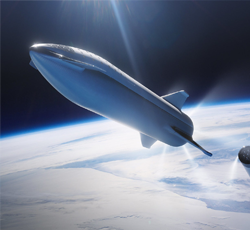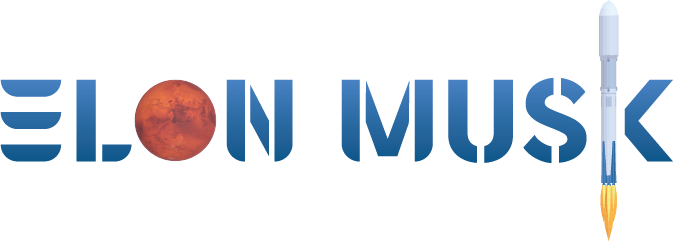
The AI Race Has Gotten Crowded—and China Is Closing In on the US
- by Wired
- Apr 07, 2025
- 0 Comments
- 0 Likes Flag 0 Of 5

The year that
ChatGPT went viral, only two US companiesâOpenAI and Googleâcould boast truly cutting-edge artificial intelligence. Three years on, AI is no longer a two-horse race, nor is it purely an American one. A new report published today by Stanford Universityâs Institute for Human-Centered AI (HAI) highlights just how crowded the field has become.
The instituteâs 2025 AI index, which collates data and trends on the state of the AI industry, paints a picture of an increasingly competitive, global, and unrestrained race toward artificial general intelligenceâAI that surpasses human abilities.
OpenAI and Google are still neck and neck in the race to build bleeding-edge AI, the report shows. But several other companies are closing in. In the US, the fiercest competition comes from Metaâs open-weight Llama models; Anthropic, a company founded by former OpenAI employees; and Elon Muskâs xAI.
Most strikingly, according to a widely used benchmark called LMSYS, the latest model from Chinaâs DeepSeek, R1, ranks closest to the top-performing models built by the two leading American AI companies.
âIt creates an exciting space. Itâs good that these models are not all developed by five guys in Silicon Valley,â says Vanessa Parli, director of research at HAI.
âChinese models are catching up as far as performance to the US models,â Parli adds, âbut across the globe, there are new players emerging in the space.â
Courtesy of Stanford HAI
The arrival of DeepSeek-R1 in January sent shock waves through the US tech industry and stock market. The company claimed to have built its model using a fraction of the compute used by US rivals. DeepSeekâs debut was also a surprise because the US government has repeatedly sought to limit Chinaâs access to the computer chips needed to build the most advanced AI.
Stanfordâs report shows Chinese AI is on the rise overall, with models from Chinese companies scoring similar to their US counterparts on the LMSYS benchmark. It notes that China publishes more AI papers and files more AI-related patents than the US, although it does not assess the quality of either. The US, in contrast, produces more notable AI models: 40 compared to the 15 frontier models produced in China and the three produced in Europe. The report also notes that powerful models have recently emerged in the Middle East, Latin America, and Southeast Asia as the technology becomes more global.
Courtesy of Stanford HAI
The research shows that several of the best AI models are now âopen weight,â meaning they can be downloaded and modified for free. Meta has been at the center of the trend with its Llama model, first released in February 2023. The company released its latest version, Llama 4, over the weekend. Both DeepSeek and Mistral, a French company, now offer advanced open weight models, too. In March, OpenAI announced that it also plans to release an open source modelâits first since GPT-2âthis summer. In 2024, the gap between open and closed models narrowed from eight percent to 1.7 percent, the study shows. That said, the majority of advanced modelsâ60.7 percentâare still closed.
Stanfordâs report notes the AI industry has seen a steady improvement in efficiency, with hardware becoming 40 percent more efficient in the past year. This has brought the cost of querying AI models down and also made it possible to run relatively capable models on personal devices.
Rising efficiency has prompted speculation that the largest AI models could require fewer GPUs for training, although most AI builders say they need more computing power, not less. The study shows that the latest AI models are built using tens of trillions of tokensâcomponents representing parts of data such as words in a sentenceâand tens of billions of petaflops of computation. However, it cites research suggesting that the supply of internet training data will be exhausted by between 2026 and 2032, hastening the adoption of so-called synthetic, or AI-generated, data.
The report offers a sweeping picture of AIâs broader impact. It shows that demand for workers with machine learning skills has spiked, and cites surveys showing that a growing proportion of workers expect the technology to change their jobs. Private investment reached a record $150.8 billion in 2024, the report shows. Governments around the world also committed billions to AI that same year. Since 2022, AI-related legislation has doubled in the US.
Parli notes that although companies have become more secretive about how they develop frontier AI models, academic research is flourishingâand improving in quality.
The report also points to problems arising from widespread AI adoption. It notes that incidents involving AI models misbehaving or being misused have increased in the past year, as has research aimed at making these models safer and more reliable.
As for reaching the much ballyhooed goal of AGI, the report highlights how some AI models already surpass human abilities on benchmarks that test specific skills, including image classification, language comprehension, and mathematical reasoning. This is partly because models are designed and optimized to excel at these barometers, but it shines a spotlight on how swiftly the technology has advanced in recent years.
You Might Also Like â¦
In your inbox: Upgrade your life with WIRED-tested gear
Please first to comment
Related Post
Stay Connected
Tweets by elonmuskTo get the latest tweets please make sure you are logged in on X on this browser.






 Energy
Energy

















